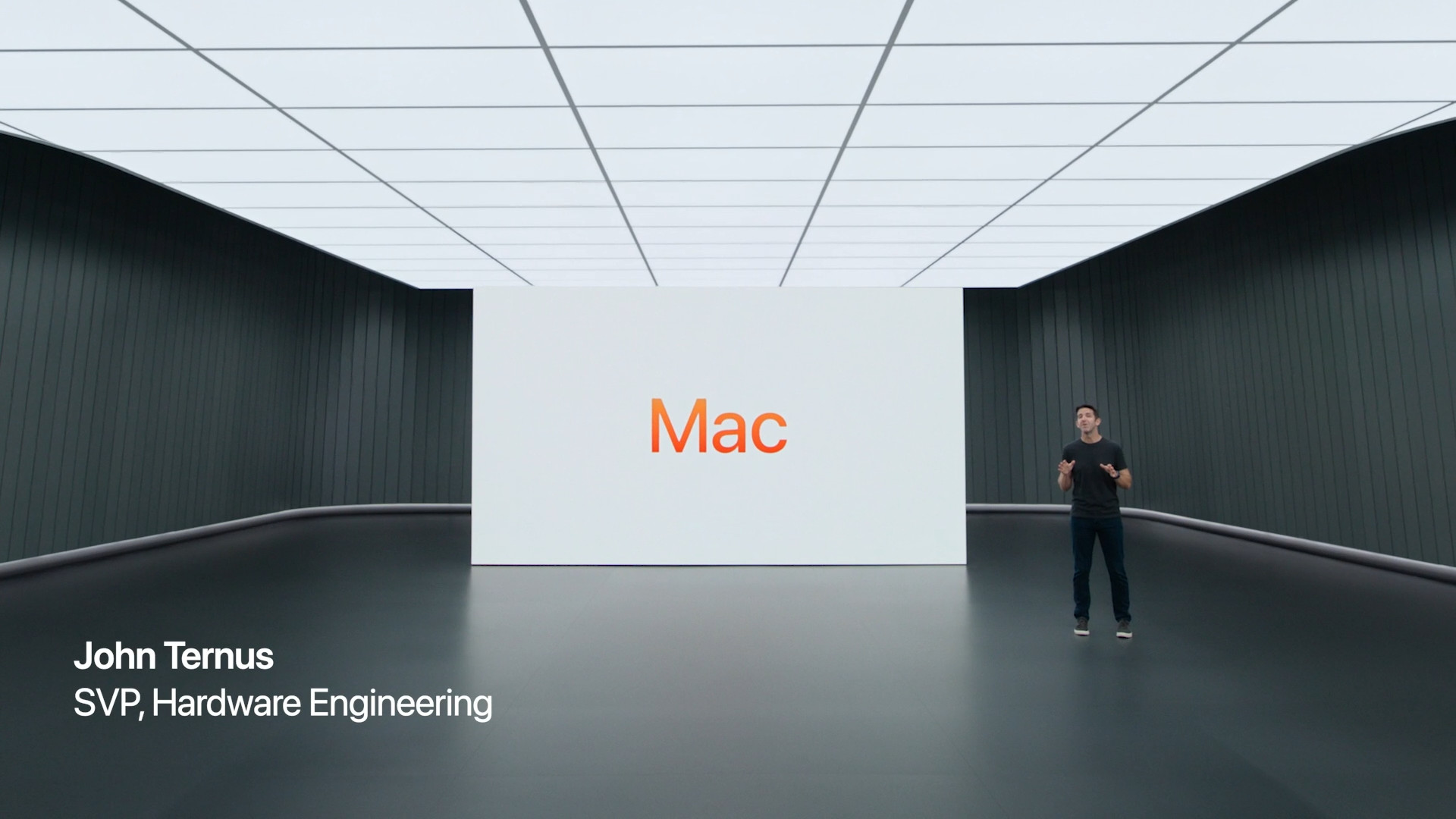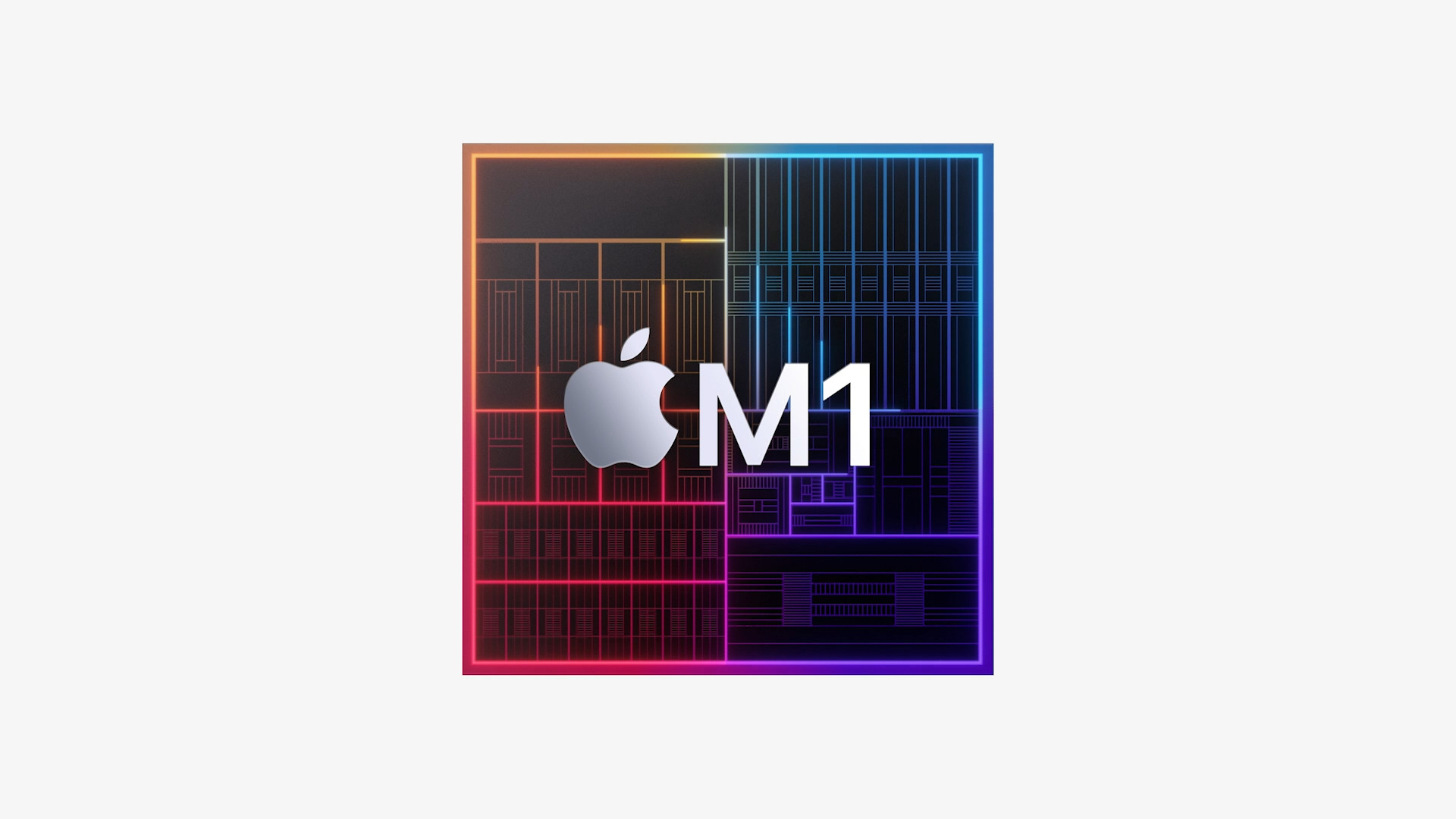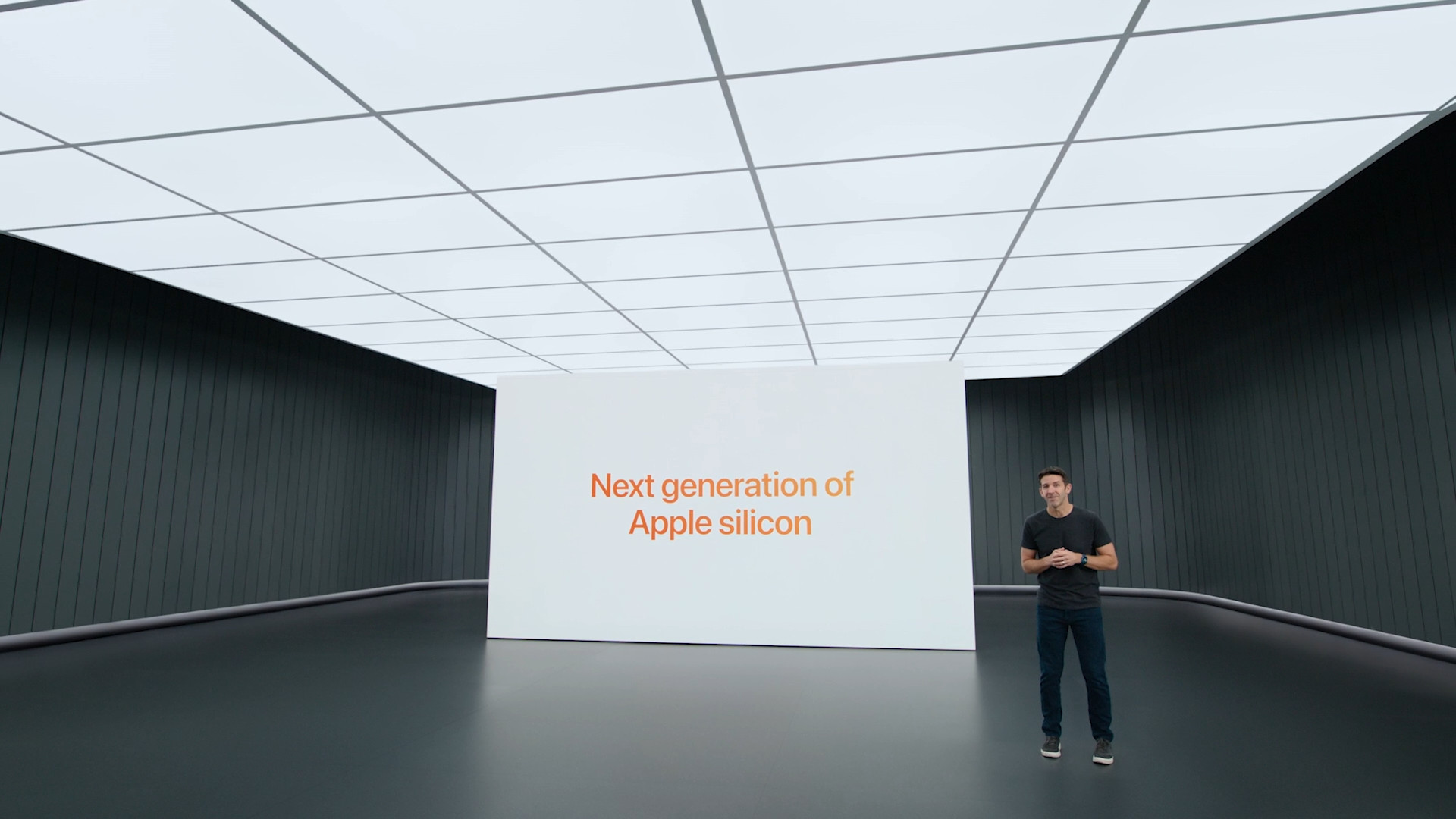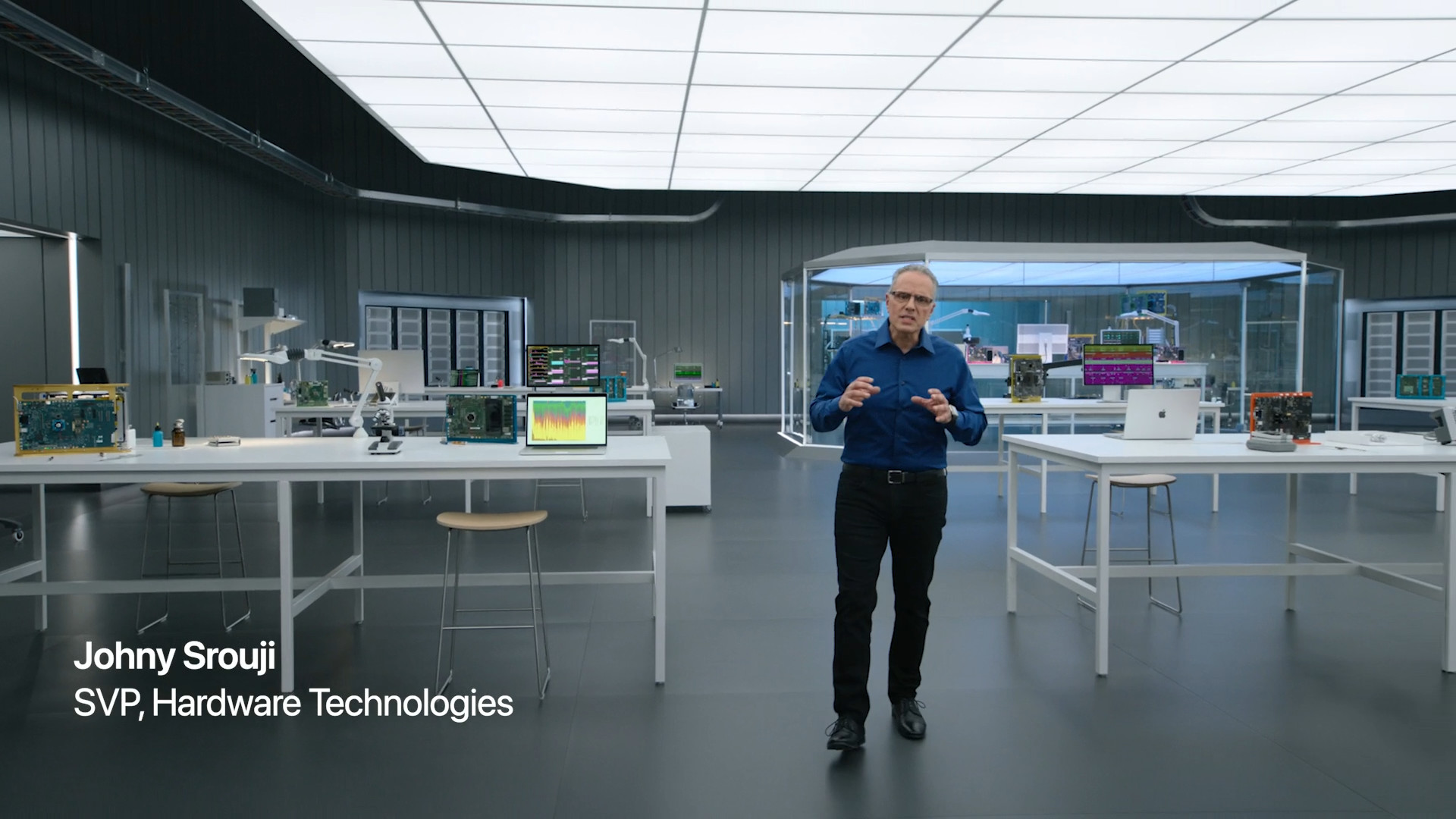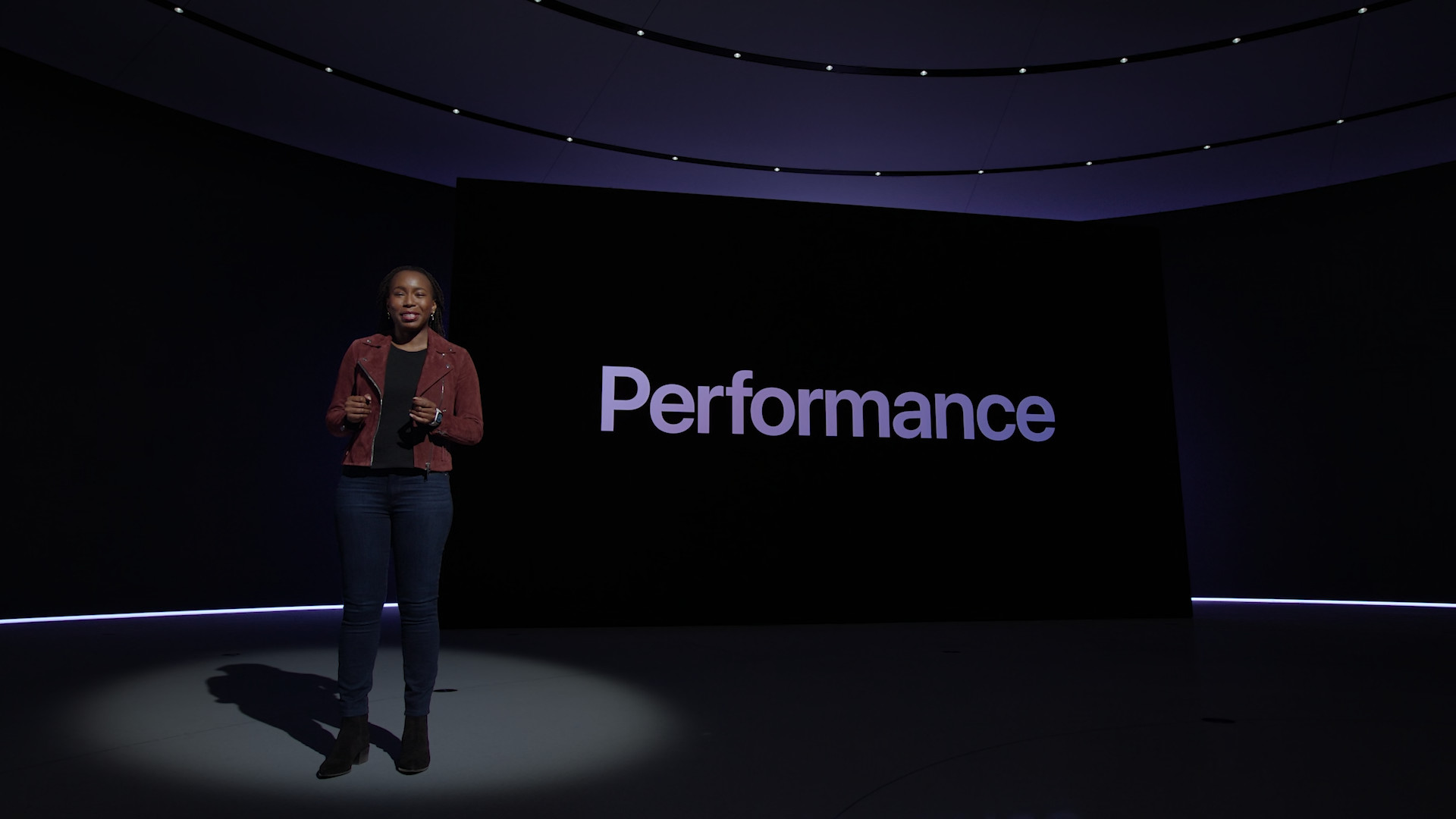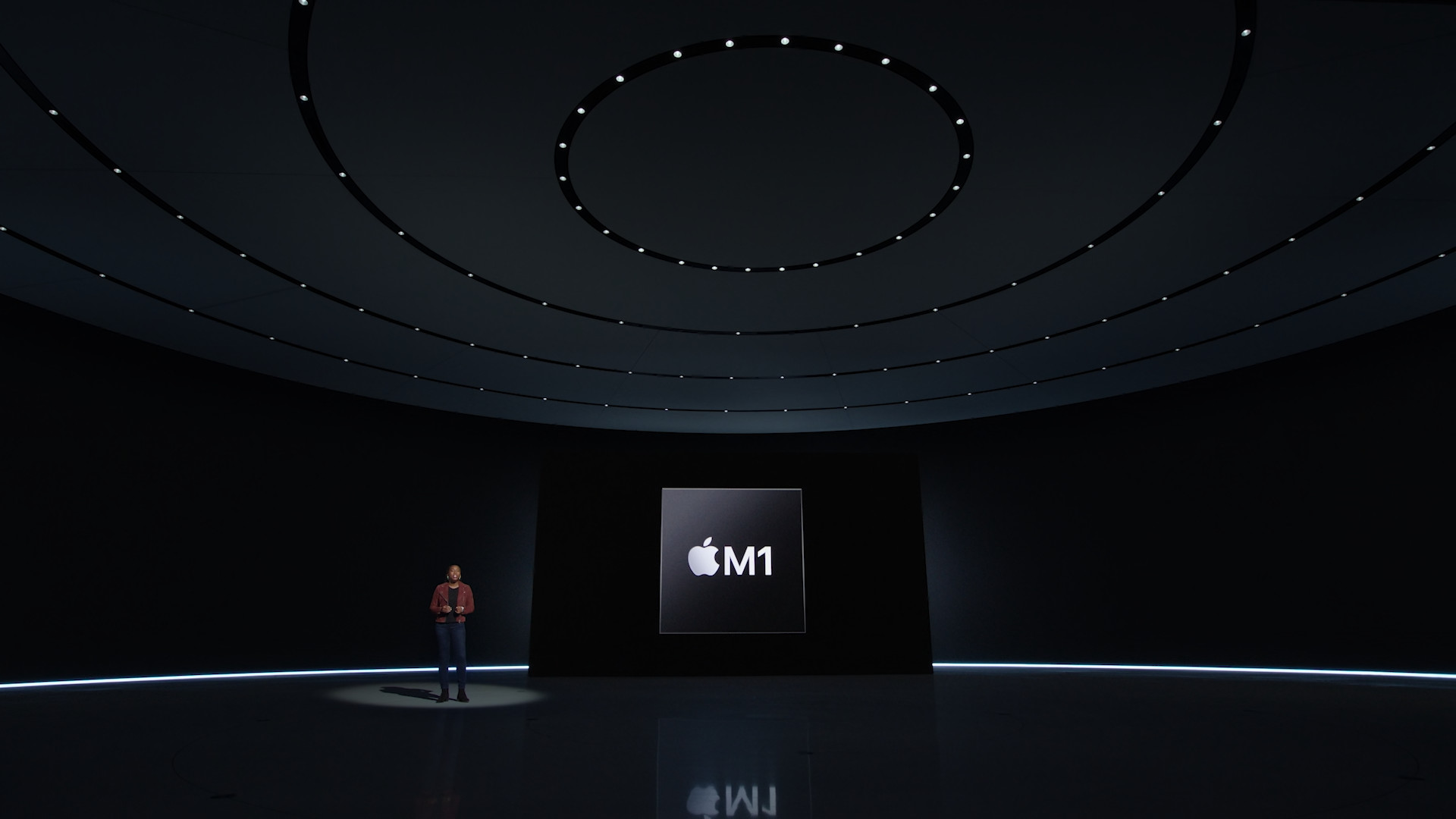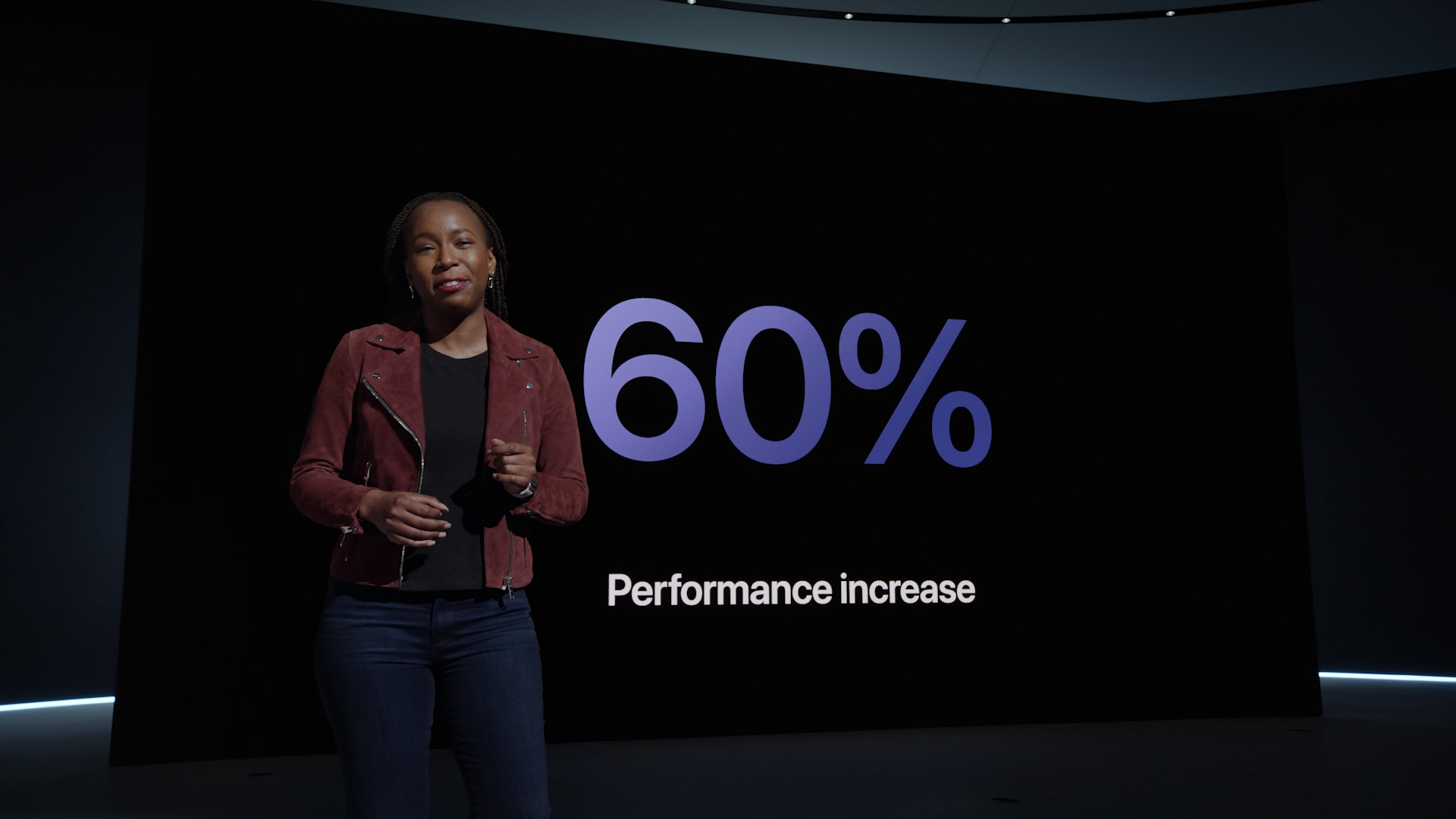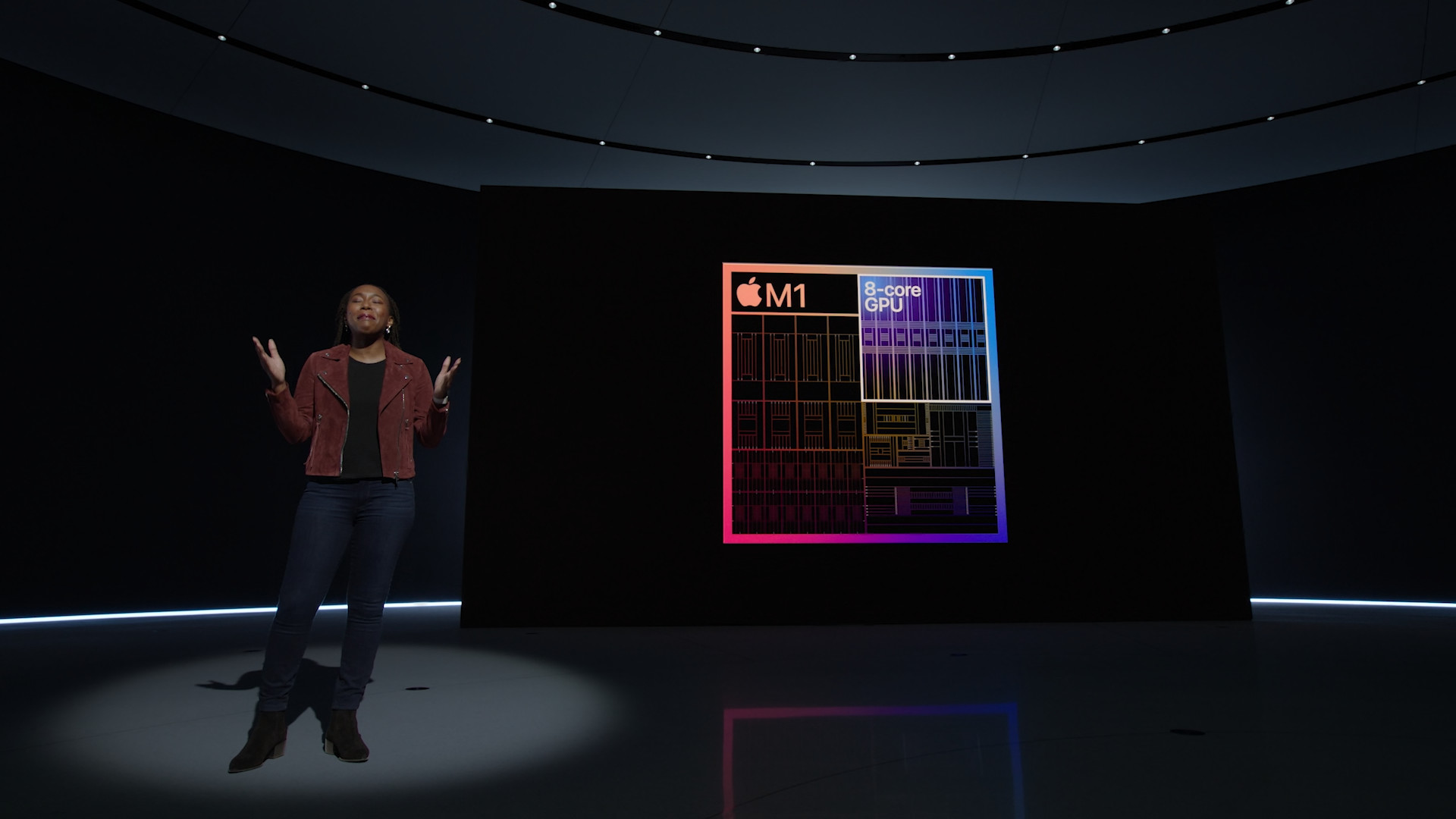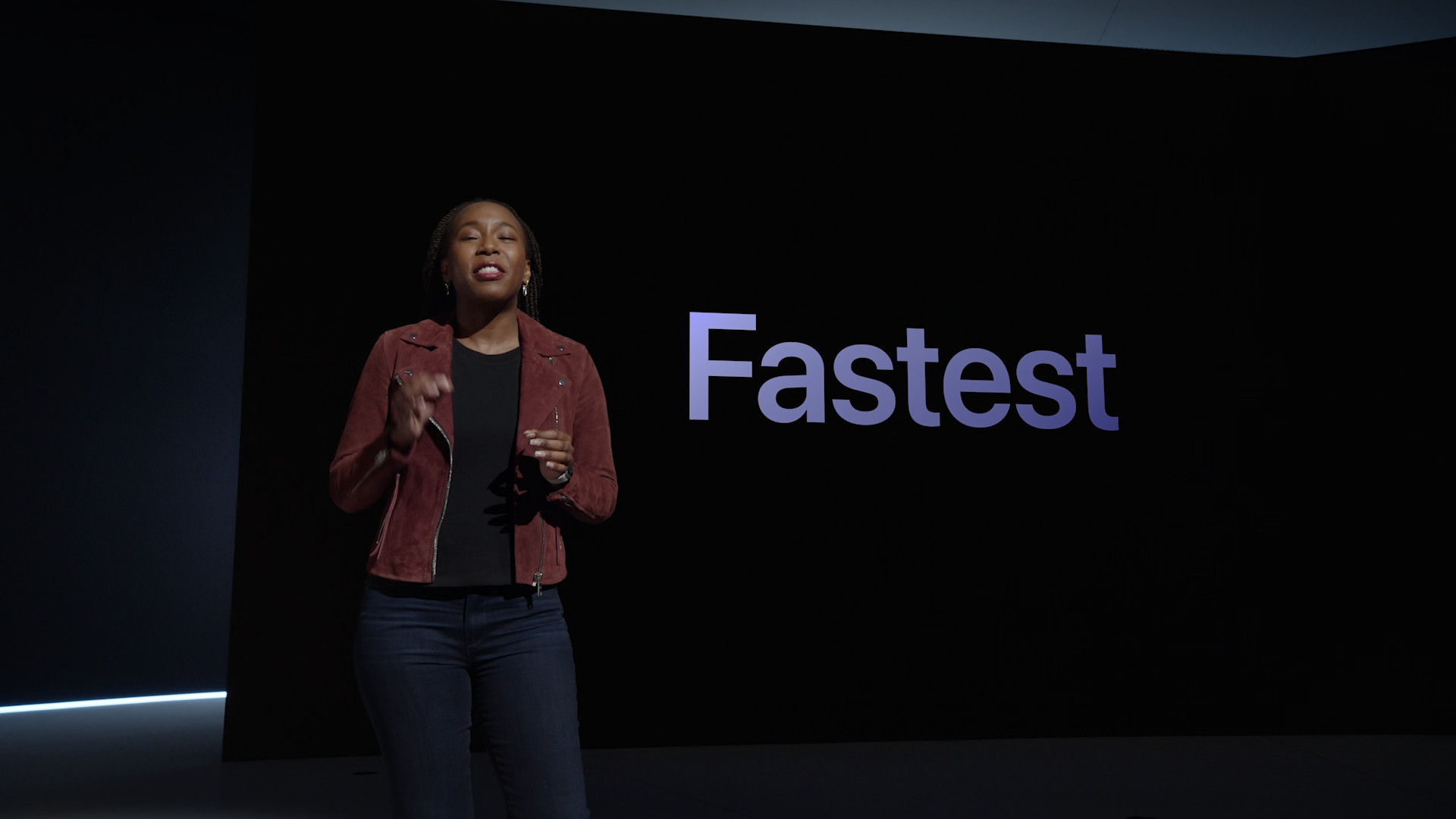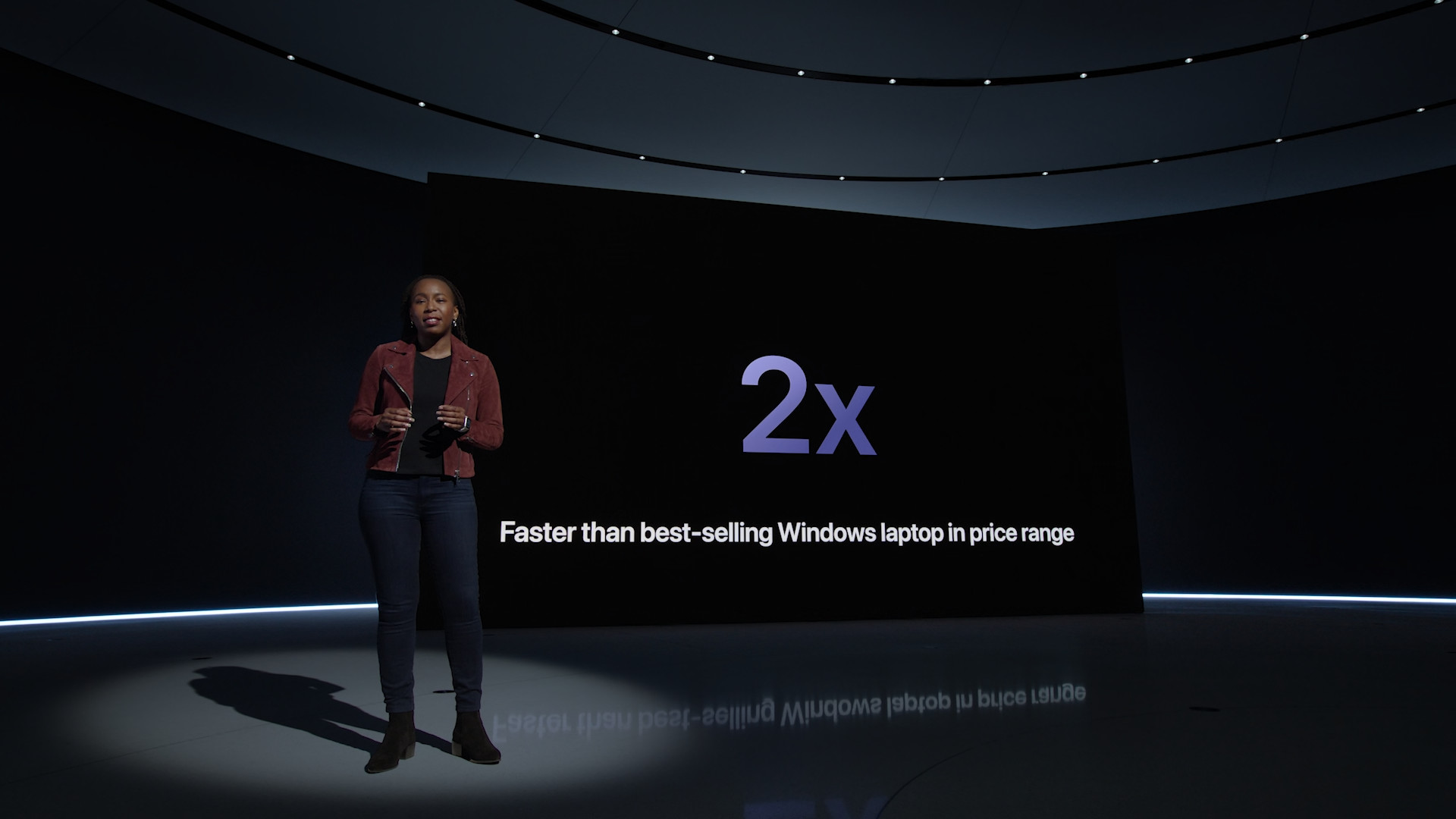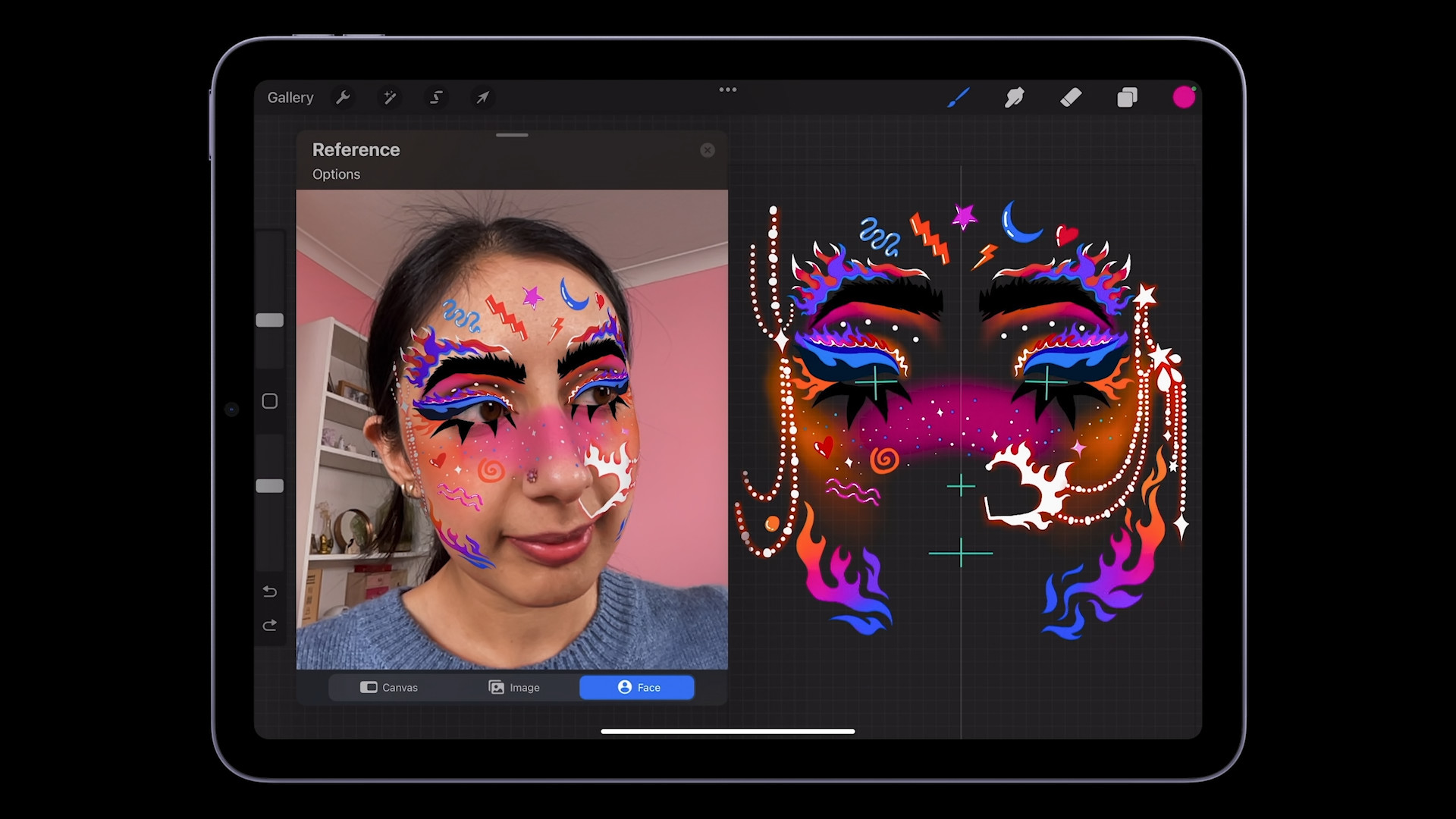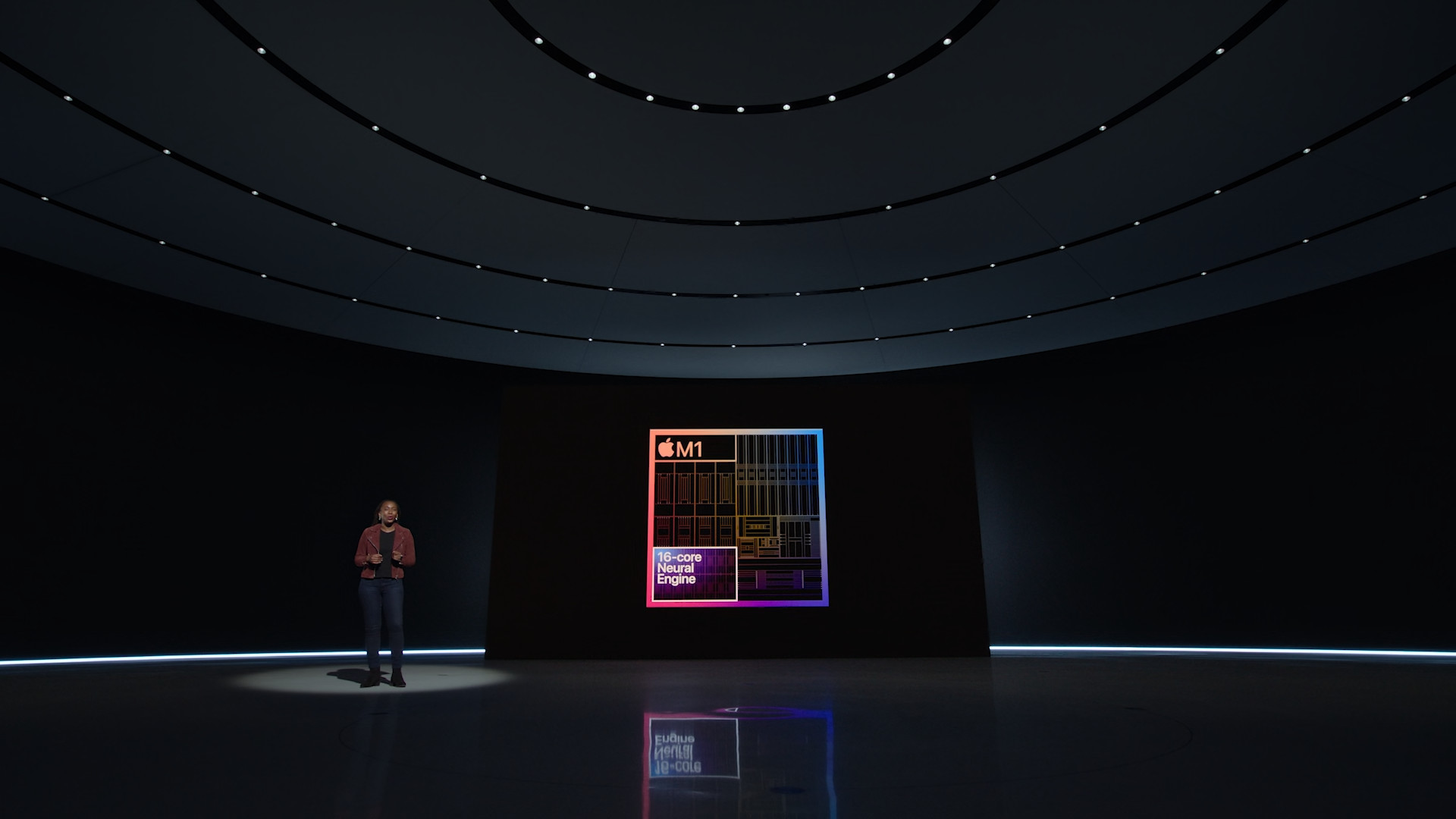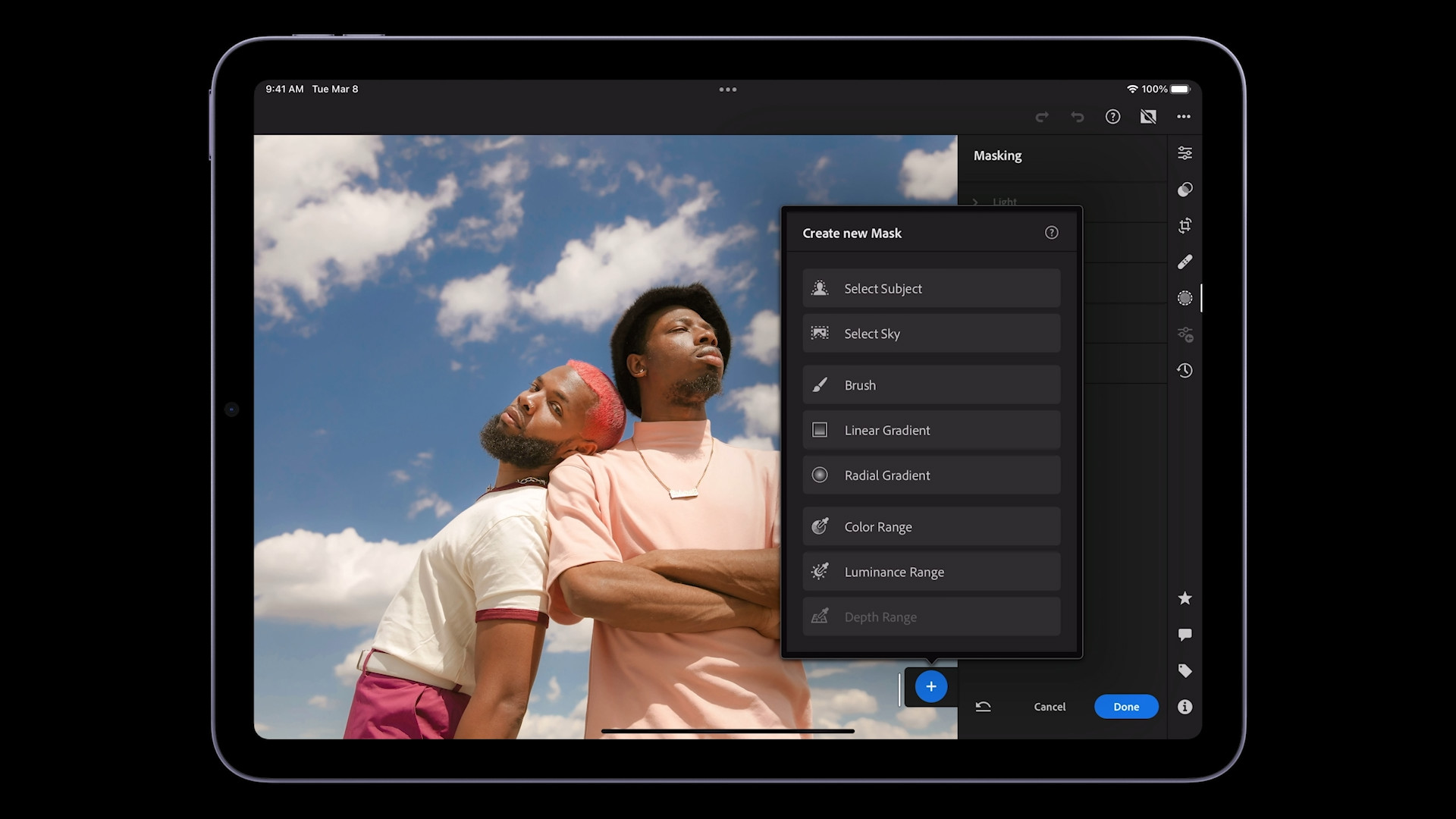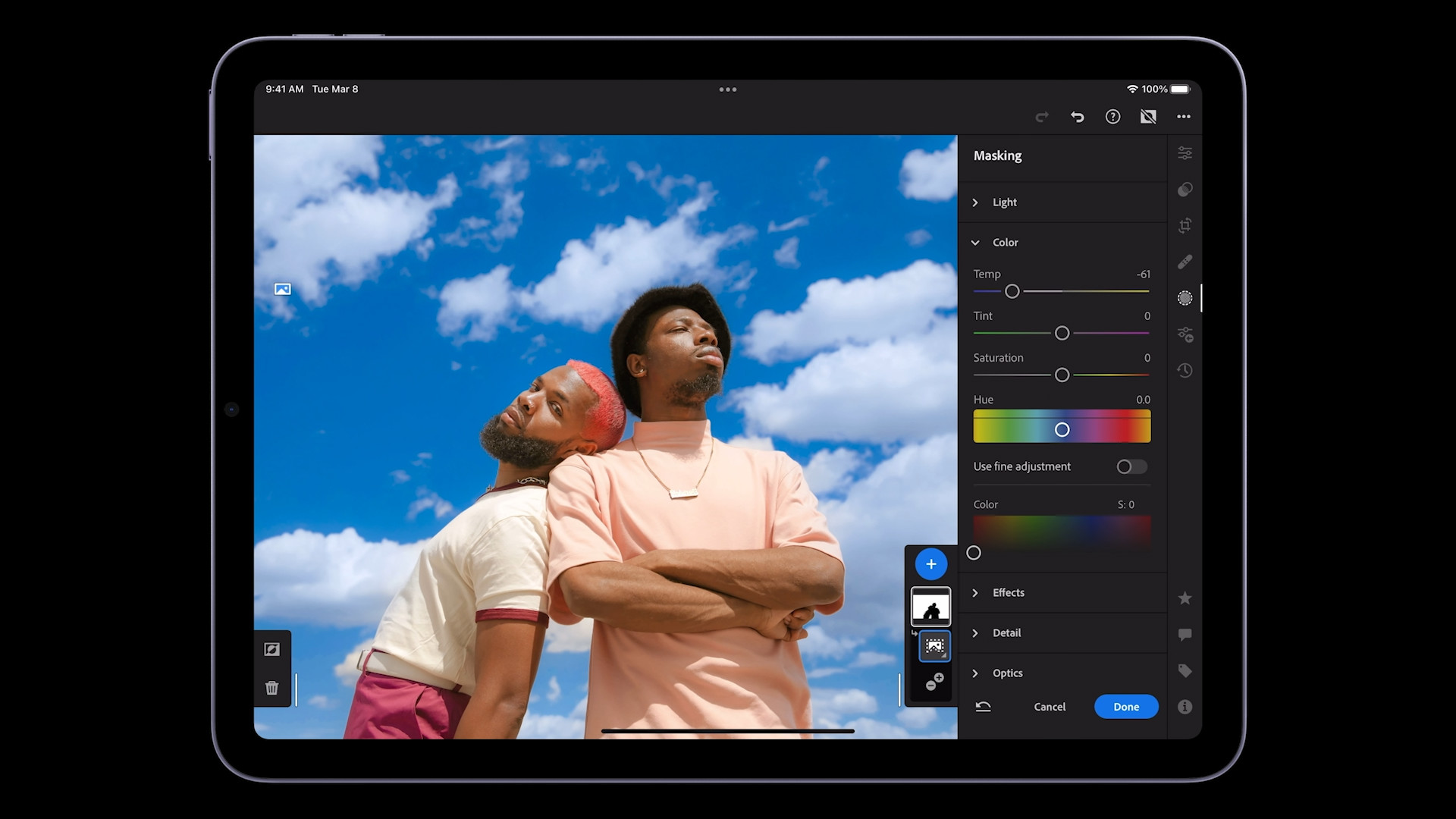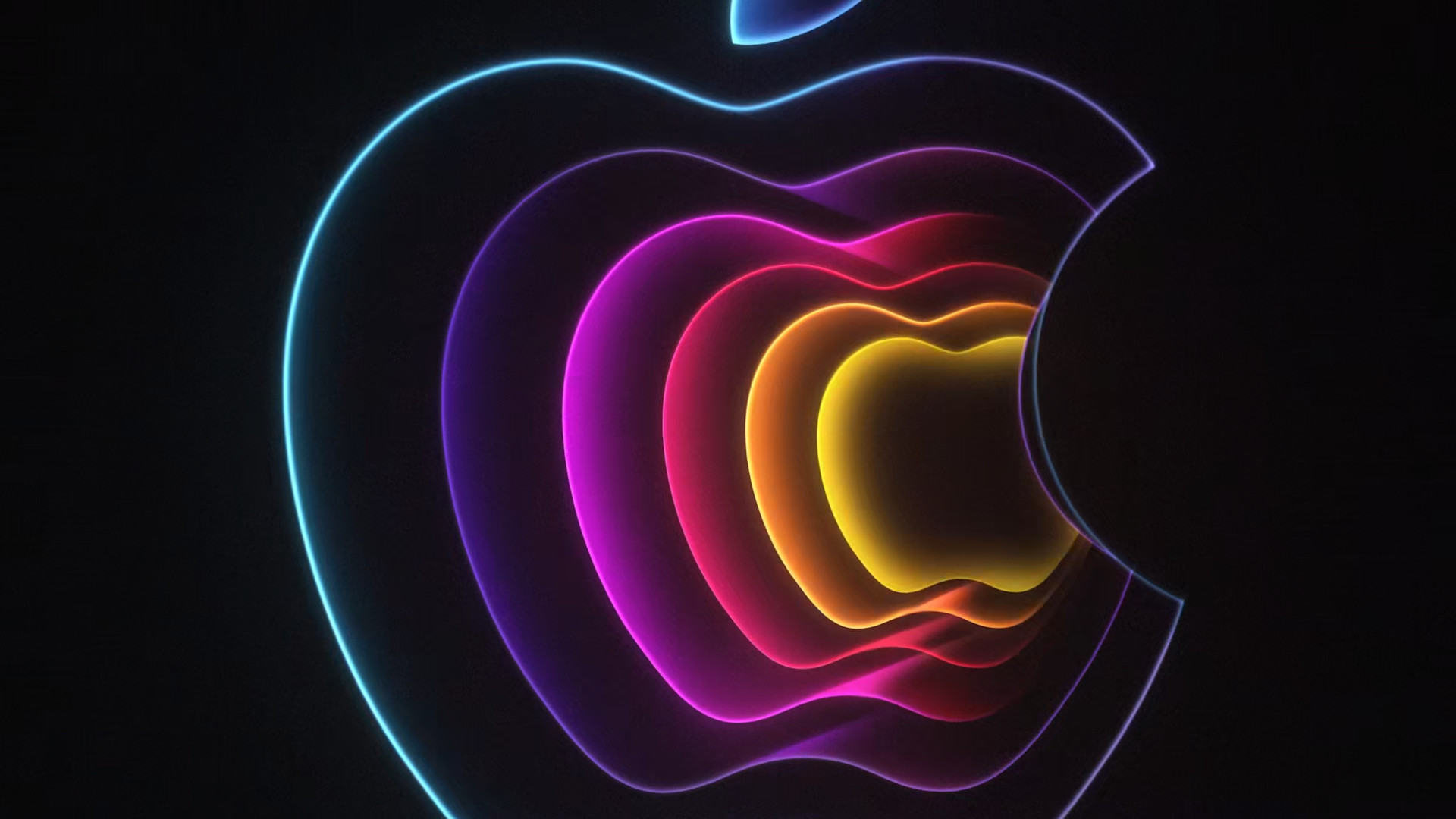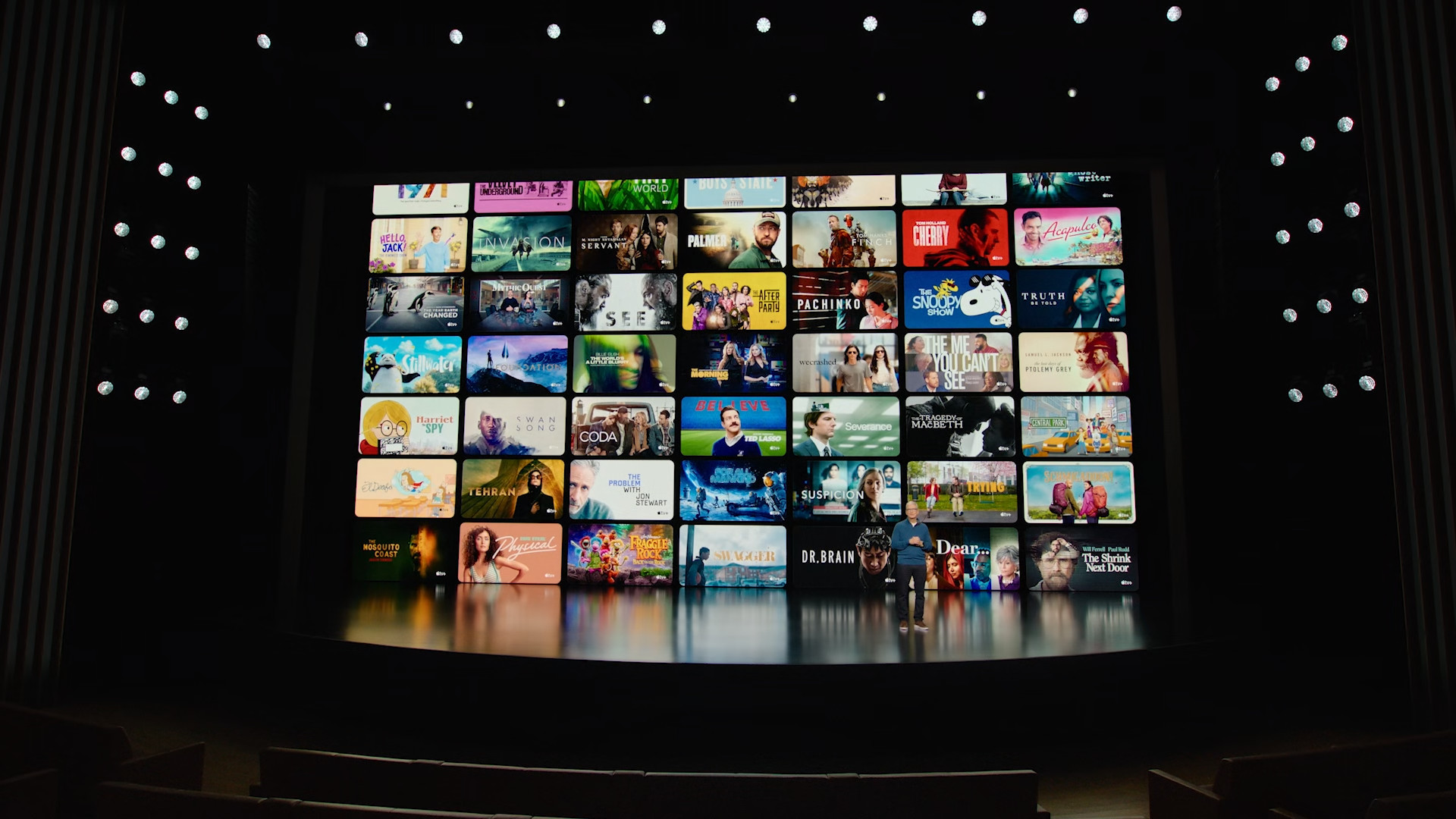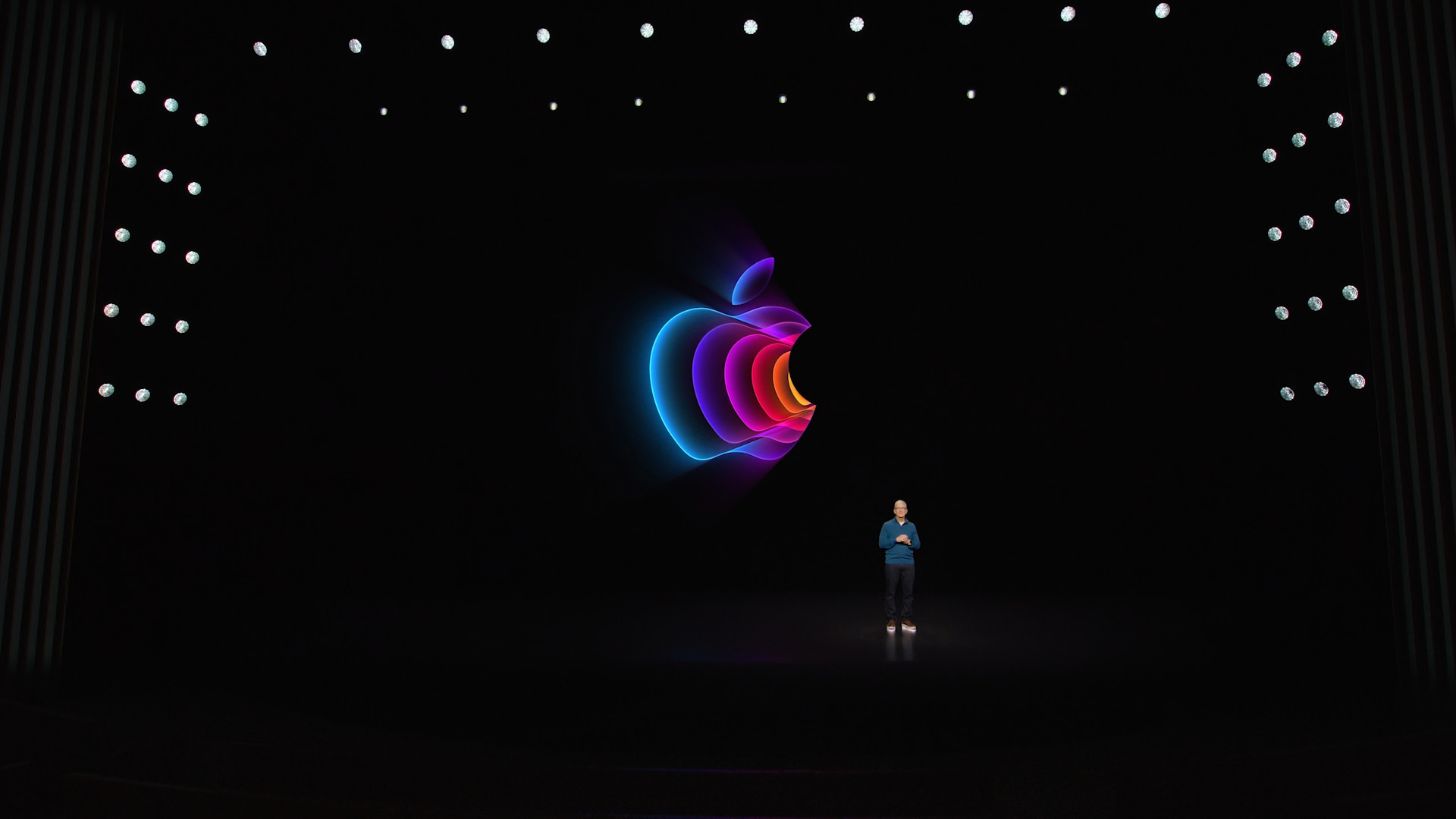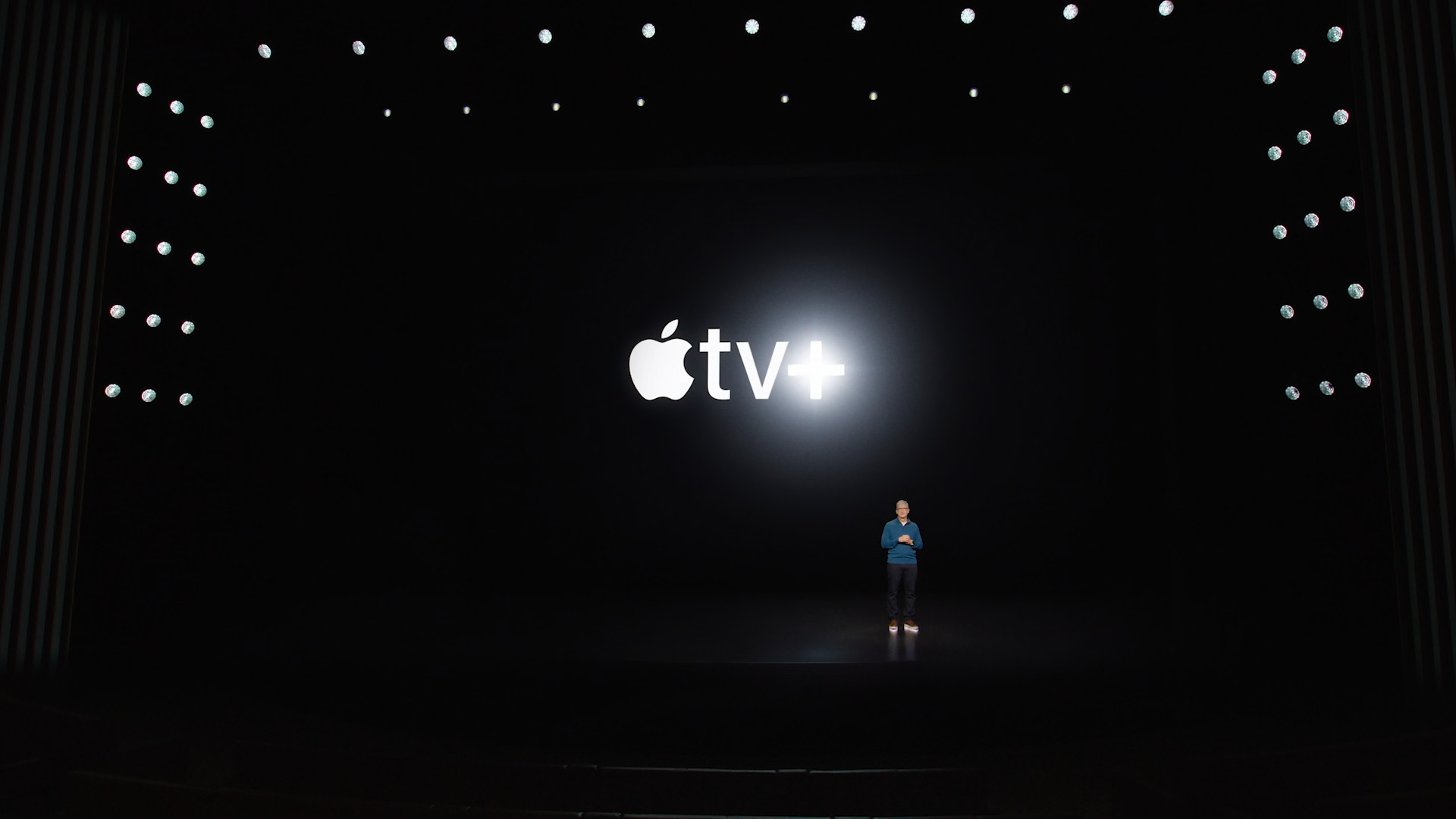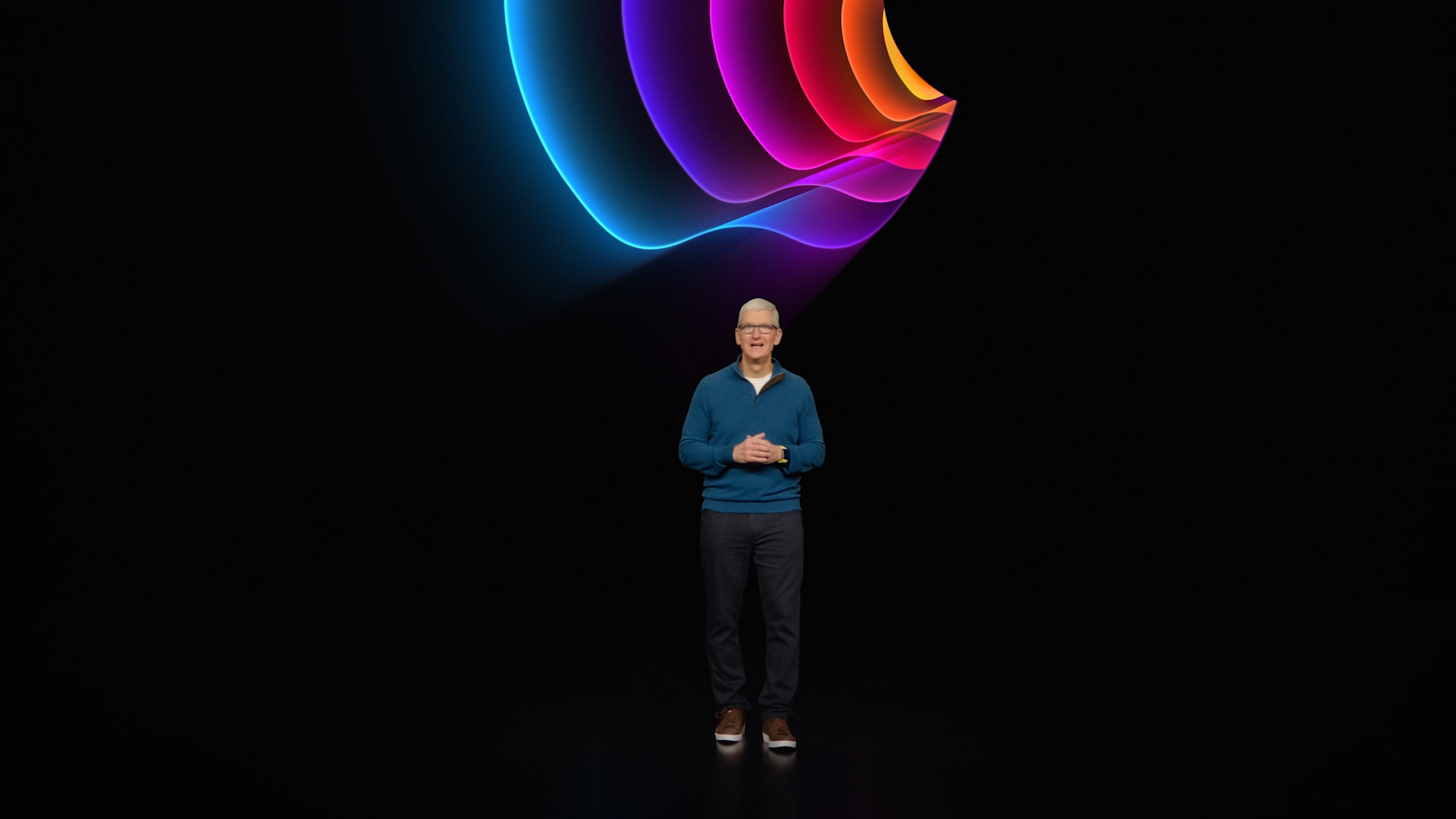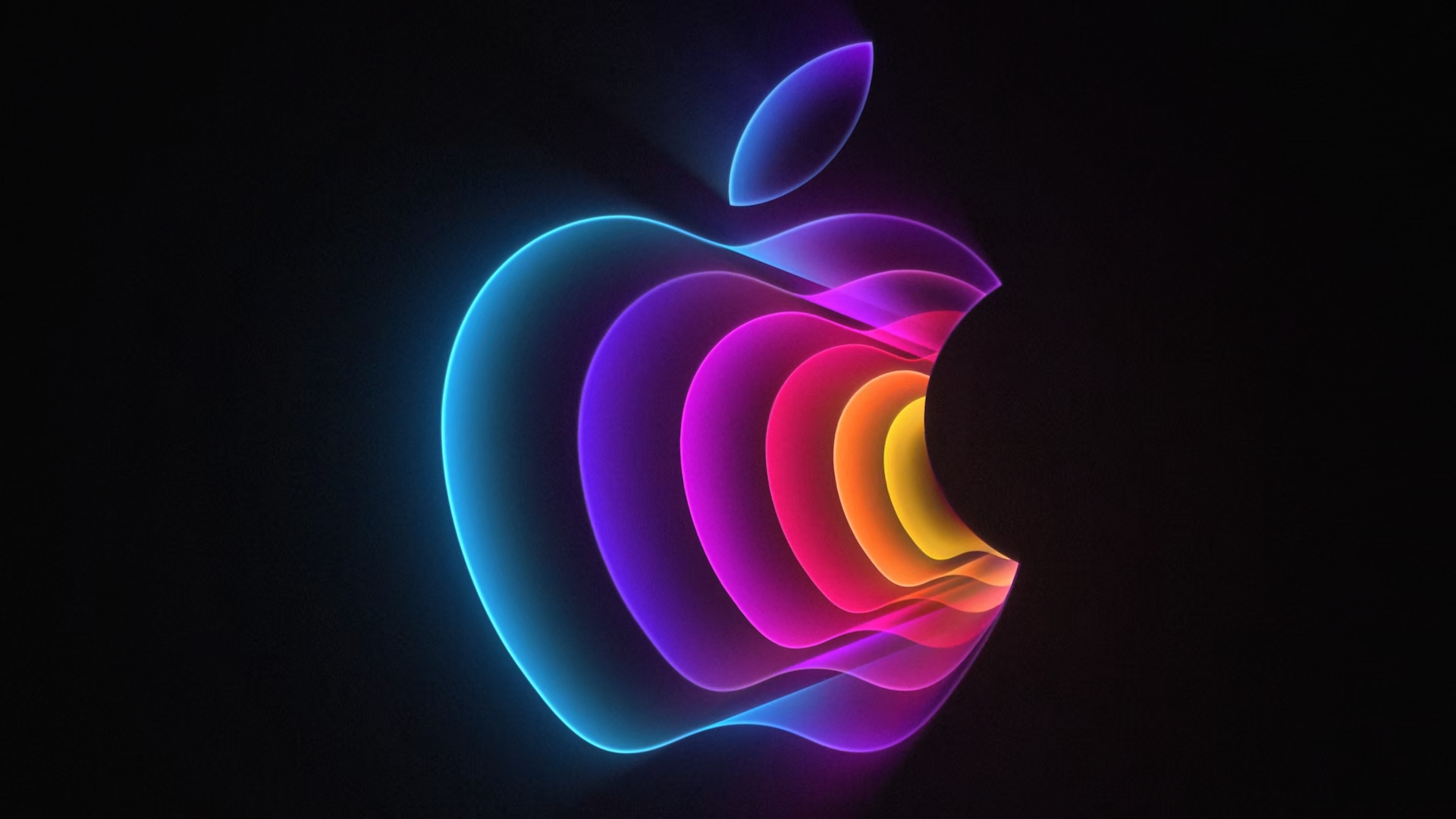Apple's presentation of new products and services has always been different from that of other companies. His events developed a cult status, where they were expected as much as the news presented at them. But it is very likely that we will no longer hear the audience's cheers and applause in the future.
Of course, the worldwide coronavirus pandemic is to blame, with which Apple, at least as far as its event was concerned, dealt with as best it could. After all, he didn't have many options, so he resorted to an offline event, which, although it had a set date and time for its "premiere", was actually a precisely pre-recorded video that was only streamed online.
This happened for the first time on June 22, 2020, i.e. at the time of the global spread of the COVID-19 disease. Since then, we have not seen the live event as we knew it before, and unfortunately it is also necessary to add that we probably won't see it again. As the pandemic recedes, even though it is still with us, it is certainly more profitable for Apple to organize its events in a hybrid way, like WWDC22.
It could be interest you

A polished show
The performances, where simple presentations were shown and everything depended on the speakers, over time became really polished "shows", where individual speakers were complemented by pre-recorded videos presenting the appearance and skills of new products. Synchronizing everything was certainly a piece of cake, regardless of the pressure exerted on the individual speakers, who often did not avoid mistakes. So isn't it more convenient to film the individual outputs in a nice calm way ahead, intersperse them with effective transitions, and the just mentioned videos? Yes it is.
In many ways, organizational problems, space solutions, and techniques will be eliminated. All Apple needs to do is put a screen and a few chairs on its garden in Apple Park, on which to seat the invited personalities and journalists, with the provision that they will just play the entire pre-recorded presentation just like us. Their advantage is that they can get to know the products directly on the spot, i.e. the same as it was after every event with the presentation of new products. So nothing really changes for them, they just don't see the alternating presenters live on stage. And we miss their immediate reaction.
Without unnecessary risk
What is better? To run the risk of something going wrong during the live broadcast, or to edit everything in peace and know that it is perfectly prepared? B is correct, and for that reason it would be foolish to think that Apple should abandon this concept and return to the old format. Of course, we do not know for sure, these are only assumptions based on the past, present and news from future perspectives. Personally, I can't say that it's really bad. Pre-recorded keynotes have impact, are effective, funny and pleasant. At least Tim Cook could always start and end them live, and a little human surprise wouldn't hurt either.
